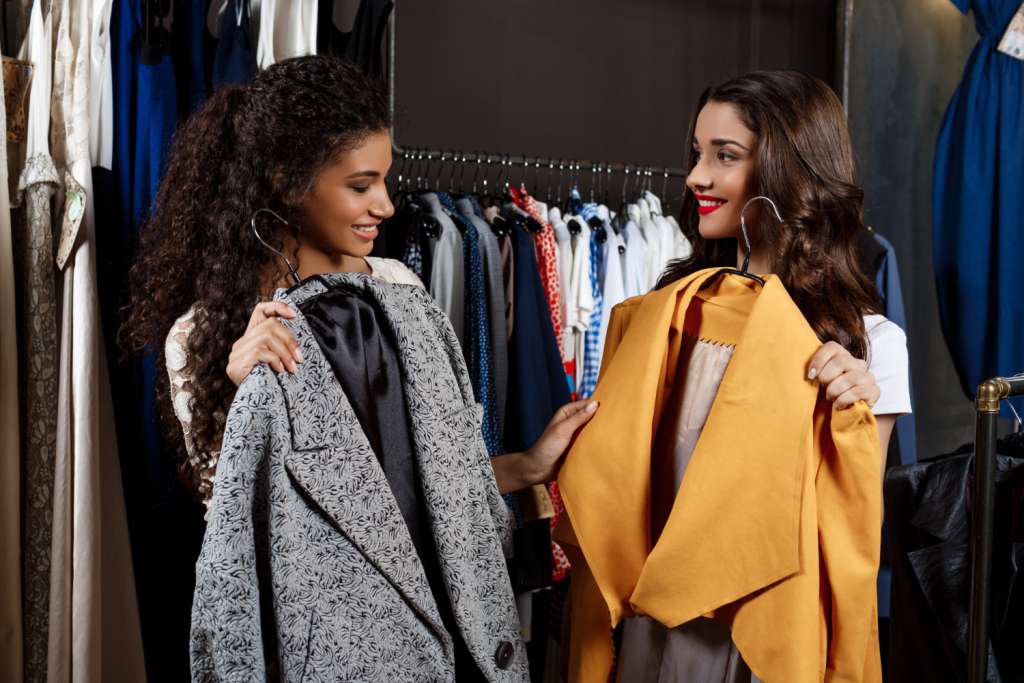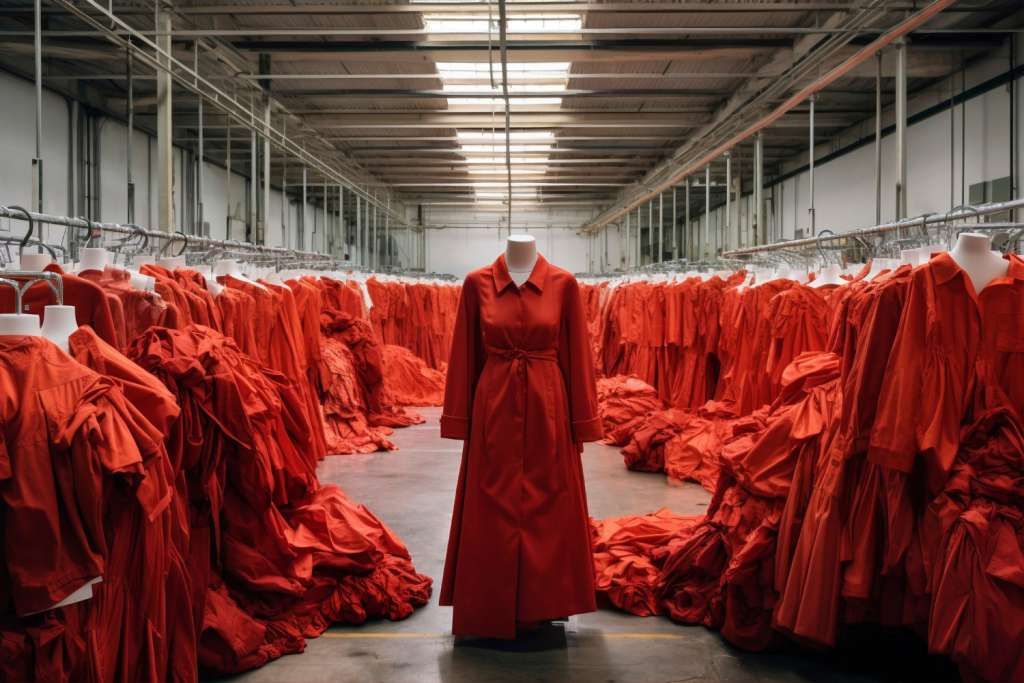The fashion industry, a realm of glamour and prestige, is facing a formidable challenge: the rise of counterfeit fashion. This phenomenon isn’t confined to distant corners of the globe; it’s a pressing issue right here in the United States. The allure of designer brands at a fraction of the cost is tempting for many, but beneath the surface lies a complex web of legal, ethical, and economic implications.

Counterfeit fashion is not a victimless crime. It’s a sophisticated operation often linked to international crime syndicates that dabble in serious offenses, including human trafficking and money laundering. The U.S. is not immune to these activities, with its vast market providing fertile ground for counterfeit goods to flourish. The impact is profound: the U.S. economy suffers from job losses, with over 750,000 positions affected, and globally, counterfeit trade is responsible for the loss of more than 2.5 million jobs.
The challenges in the U.S. are multifaceted. Law enforcement agencies grapple with the sheer volume of counterfeit goods, while online platforms struggle to differentiate between authentic and fake listings2. Consumers are often caught in the crossfire, with some unknowingly purchasing fakes, while others, driven by social pressures, seek out replicas as a means to access a lifestyle they perceive as beyond their reach.

The irony of the situation is that both genuine and counterfeit products may emerge from the same factories, crafted by the same hands, using similar materials. This raises a critical question: what truly differentiates the real from the fake? The answer lies not just in the physical product but in the intangible value of the brand—the heritage, the craftsmanship, and the innovation that has cemented these names in the annals of fashion history.
It’s essential to emphasize the challenges faced by the U.S. in combating counterfeit fashion. The narrative should highlight the efforts of law enforcement and the fashion industry to preserve the integrity of brands while also acknowledging the consumer’s role in this ecosystem. The conclusion should offer advice on how consumers can make informed choices, support authentic craftsmanship, and understand the broader implications of their purchases.

In conclusion, while the counterfeit fashion industry presents significant challenges, it also offers an opportunity for consumers, brands, and governments to collaborate in fostering a culture of authenticity. By educating consumers, enforcing stringent laws, and celebrating the true artistry of designer fashion, we can work towards a future where the value of the genuine triumphs over the allure of the fake. The U.S., with its innovative spirit and respect for intellectual property, can lead the charge in this global effort to protect the integrity of fashion.






